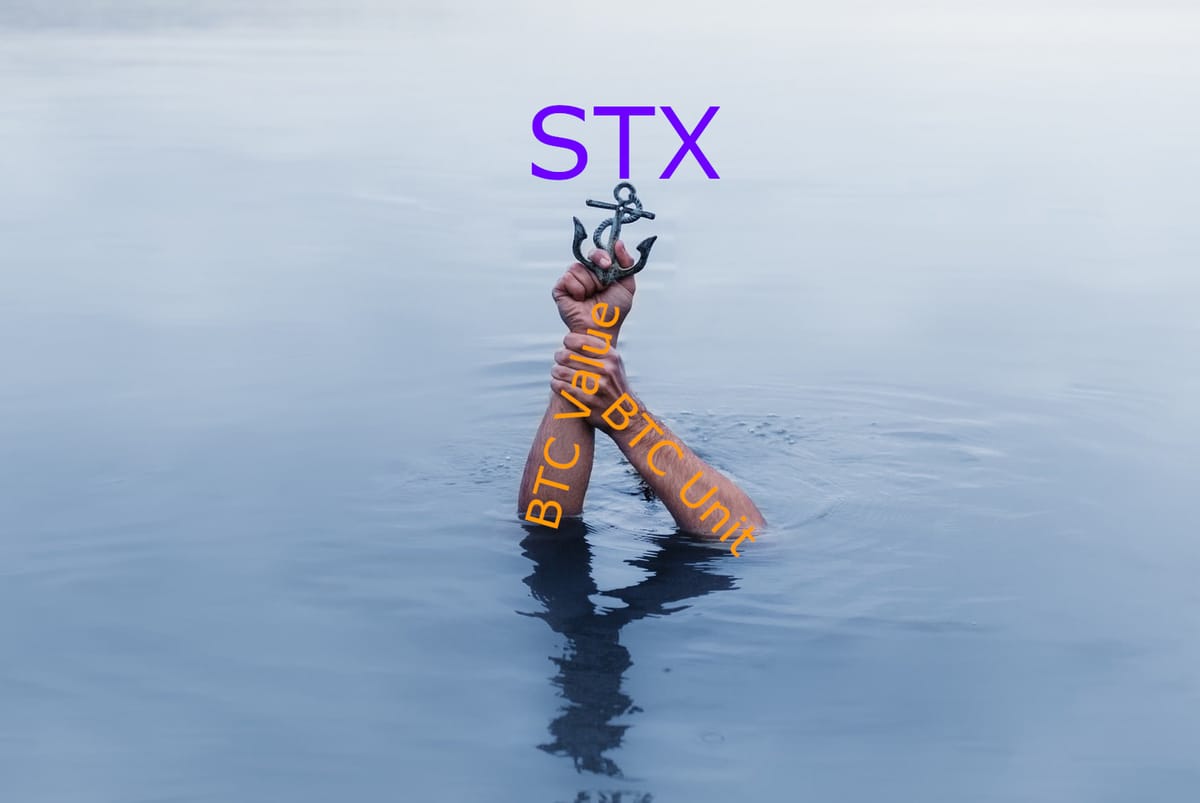Stacking & PoX: Economically anchoring the STX ecosystem in Bitcoin
Blockstack's Stack 2.0 chain is not only cryptographically anchored in Bitcoin, but also economically anchored in Bitcoin.

Consensus is at the center of any blockchain network. The goal of consensus algorithms is to enable nodes to come to agreement on the global state of the network. This is easy if you can trust the nodes not to be malicious as is typically the case in a permissioned network where a human decides which nodes are allowed in. This is hard in the case of Bitcoin and other public blockchains where no one controls which nodes can join the network. In an open network, malicious nodes are expected.
There are a number of different consensus algorithms, from the gold standard: Bitcoin’s proof of work to proof of stake and others. Each have their pros and cons - efficiency gains, security tradeoffs and other compromises. What they don’t do is provide a clear, unambiguous indication of the market value of the tokens they secure.
In Bitcoin, we look at the hash power committed to the network by miners and try to estimate their costs: electricity and hardware and compare this to their income: network fees and block rewards to get an idea of what miners think about the value of bitcoin. If the value of network fees and the block reward is less than the amount of money they spend mining Bitcoin, one assumes a rational miner would not mine at a loss for any extended period of time.
At Blockstack, we learned through early prototypes that it makes sense to tie the security of your chain to the most secure chain, Bitcoin. Because of this, we built the Stacks 1.0 chain directly on Bitcoin using OP_RETURN. In designing Stacks 2.0, our goal was to add additional functionality to Bitcoin by building on a layer above it and using the Bitcoin chain layer as an anchor. It was from this goal that Proof of Transfer arose.
In Proof of Transfer, leaders, aka “miners,” are selected by spending Bitcoin, the more Bitcoin you spend, the larger your chance of becoming the leader. These Bitcoin are then distributed to holders of STX that participate in Stacking while the miners earn STX from the block reward along with transaction fees.
Unlike Proof of Work, Proof of Transfer provides a clear and publicly visible indication of a miner’s cost of mining. Their cost of mining is simply the Bitcoin they commit in the mining process. A miner that has committed 1 BTC in a mining cycle has a cost of 1 BTC. This 1 BTC cost is visible on the network. Again, this contrasts to mining in Proof of Work where we can only guess as to a miner’s cost to commit a certain amount of hash power. There’s no way to really know what a miner’s cost of hardware and electricity is.
In addition to providing more information about a miner’s price preferences, the clear cost information of Proof of Transfer will move competition among miners from cost to income. Miners will have an incentive to participate in Stacking as much as possible to maximize the percentage of BTC recovered that they committed to mining in addition to their STX rewards and fees.
I’m excited to see how markets will react to the information about preferences and future views that STX miners reveal through their mining commitments. I’m even more excited to grow the ecosystem of BTC-priced assets and income streams. Just like the Stacks 2.0 chain will be cryptographically anchored in BTC, the STX ecosystem will be economically anchored in BTC with Bitcoin as both the unit of account and store of value.
